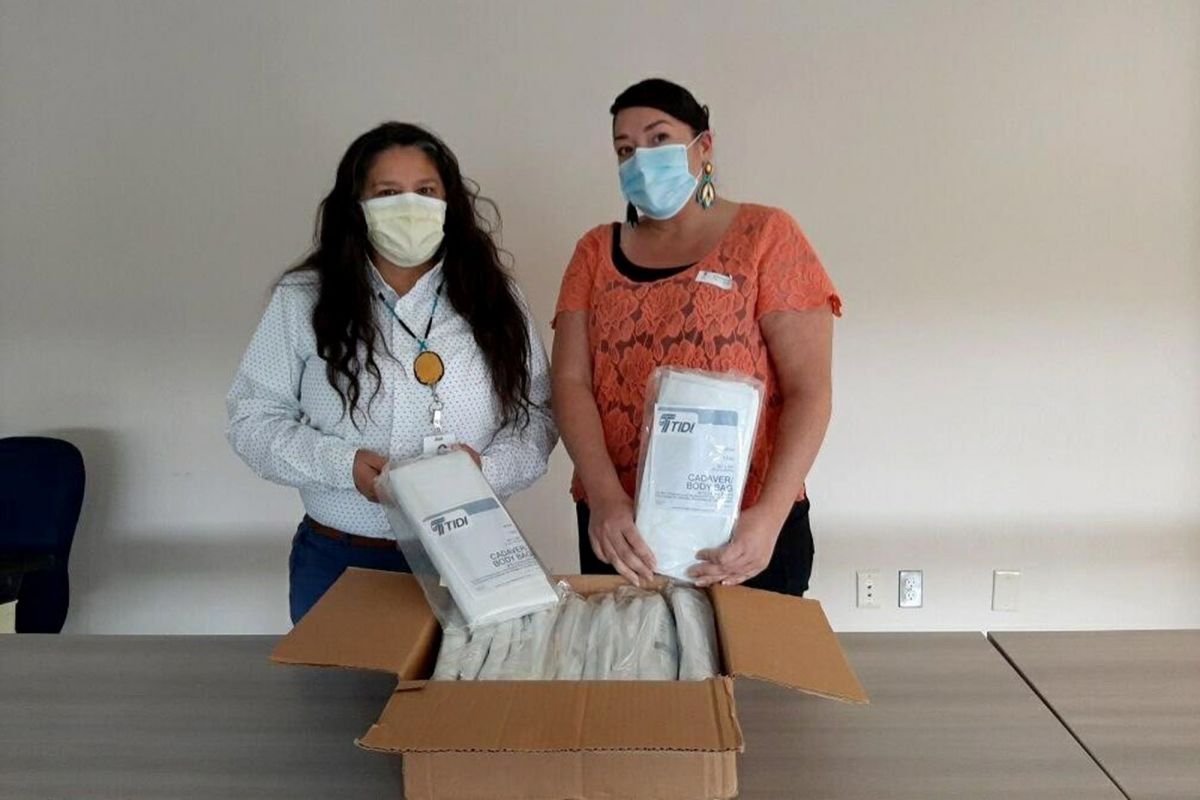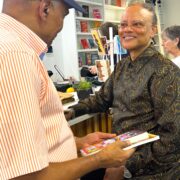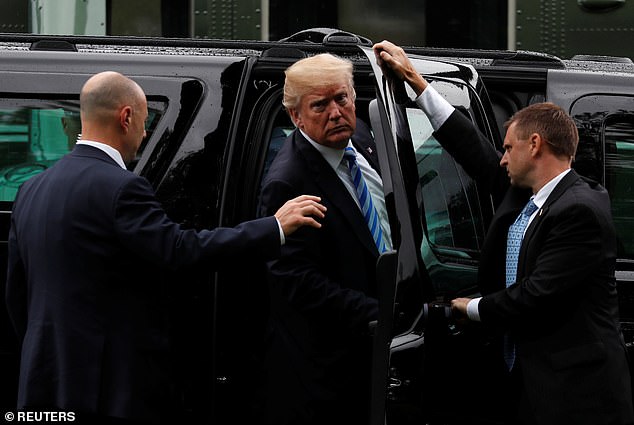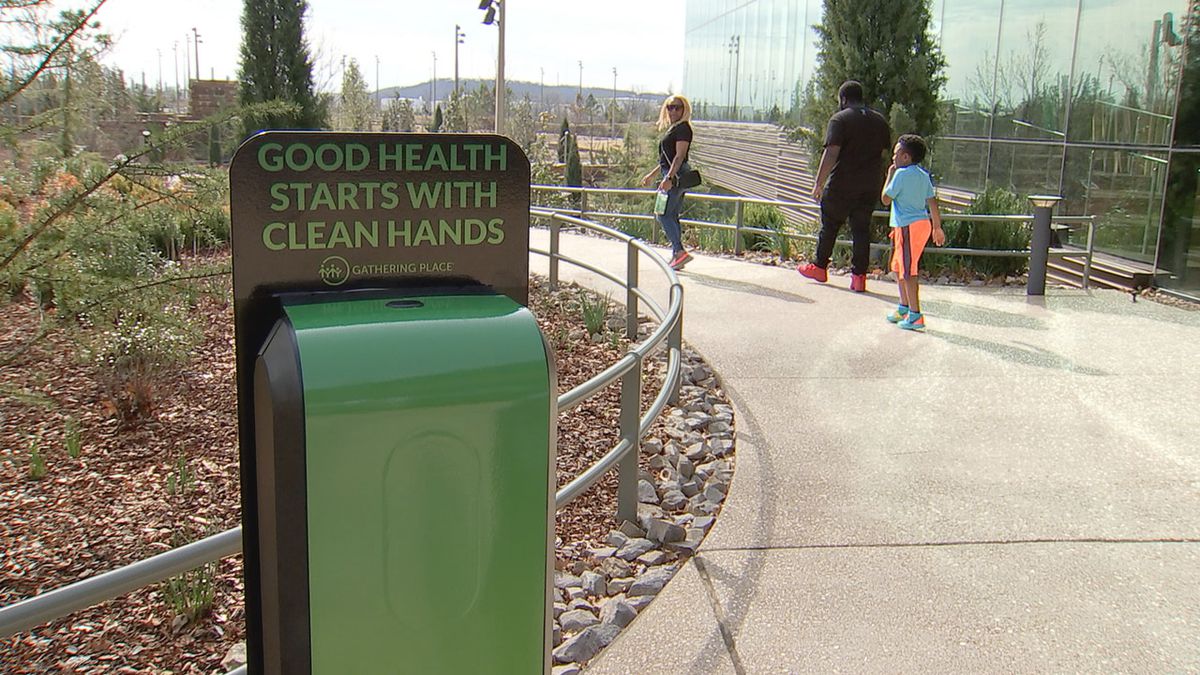
By Victor Omondi
As the Seattle region continues to grapple with the coronavirus outbreak, a Native American health center requested for testing kits only to receive body bags. The tribal officials have described the act as a metaphor for how the local, state and federal governments treat the indigenous population.
Esther Lucero, chief executive officer of the Seattle Indian Health Board, said “My team turned ghost white, we asked for tests, and they sent us a box of body bags.”
Even if unintentional, Abigail Echo-Hawk, the health board’s chief research officer, says she sees the act as an indication of how the government is disinterested in helping indigenous communities in the fight against Covid-19. She said, “The Navajo Nation is in a crisis with cases, and there are tribes and other Indian organizations across the country that are in similar crises and can use medical supplies and help instead of watching people die. This is a metaphor for what’s happening.”
Echo-Hawks pointed at the fact that businesses were reopening, and she was worried about whether the center would be able to handle a second wave without equipments. She further wonders whether the government will send them needed personal protective equipment to handle the virus. She added, “My question is: Are we going to keep getting body bags or are we going to get what we actually need?”
Washington and Seattle were initially the hotspots of the virus in the nation, but have managed to slow down the spread massively.
Native American attorney Brett Chapman also agreed with her, as he emphasised the fact that the crisis was because the indigenous community has for years been underfunded. Chap man said, “Native vulnerability to coronavirus did not occur out of left field. It came about due to decades of neglect by leaders of both parties to move Native nations forward. Native American health care providers have always been woefully underfunded and undersupplied. This is nothing new.”
The Trump administration has held up $8 billion in aid that was meant for Native American communities until this week. And when it was finally released only 60% of it was available.










